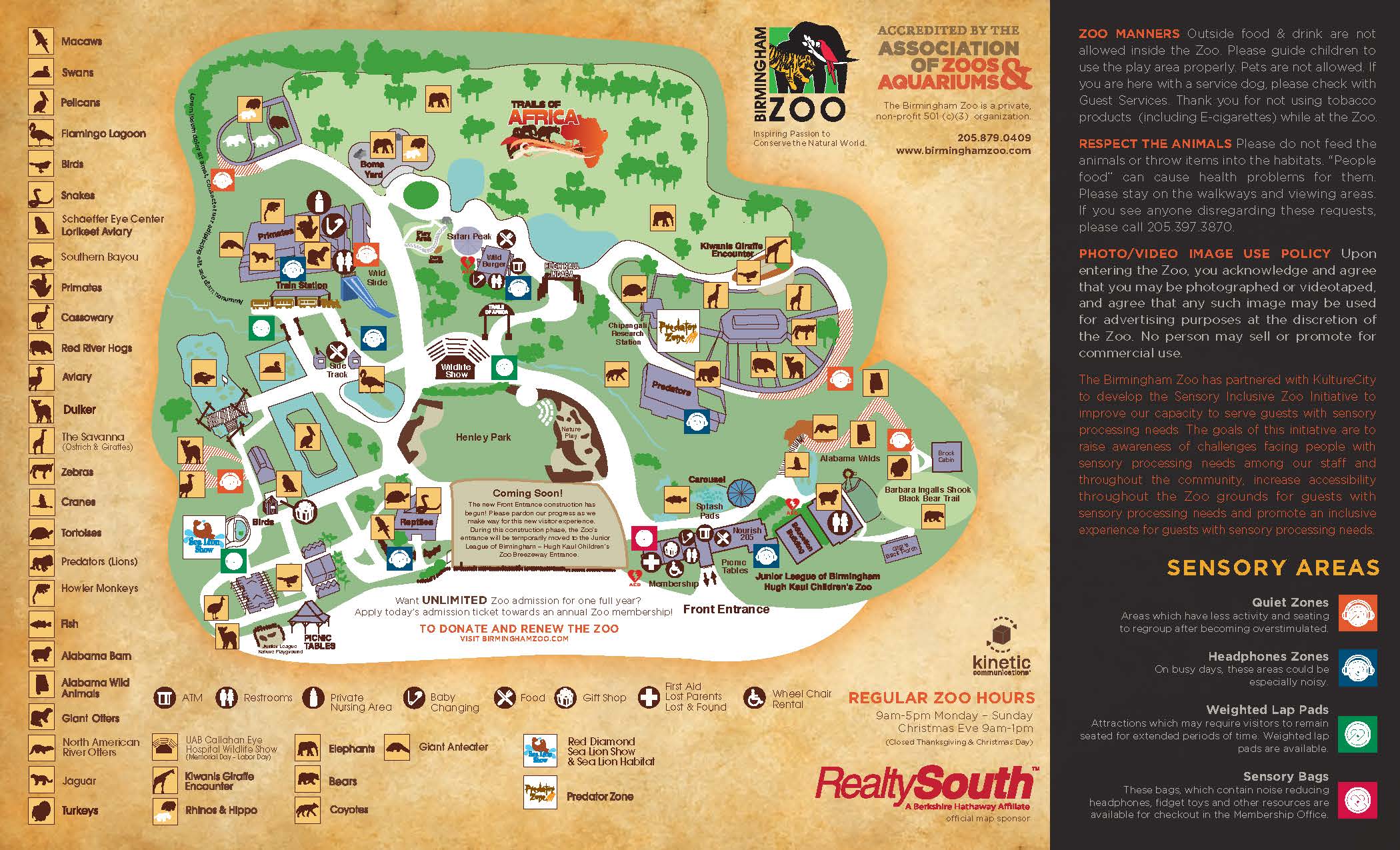"Our brain is mapping the world. Often that map is distorted, but it's a map..."
- E. O. Wilson
Specifically, I wish that there had been a map.
From an early age, I have loved to collect zoo maps. I would take one from every visit to the zoo; family members who were traveling out of town would often swing by the zoos that they passed just to pick up a copy to bring back for me. I kept them in a little file cabinet that I had scavenged for that purpose, periodically taking them out to look at.

In the pre-Internet days, they provided one of the easiest ways to know what animals - or at least what major animals - a zoo housed. It also provided interesting information as to how the animals were displayed and arranged - by what theme, in what mixed-species combinations, in approximately what-sized enclosures. From collecting maps from the same zoo over the years, I was able to trace the evolution and development of their facilities, watching as they transitioned from small enclosures arranged by taxonomic groupings to large, geographically-themed habitats.
When I first began to develop my interest in zoo design, it largely took the form of maps. I'm a terrible artist - I could visualize the habitats that I wanted to create, down to the intricacies of the rock work and water features, but I couldn't draw them worth a damn, and the resultant efforts just frustrated me. Instead, I would doodle out maps of my dream zoos - the placement of paths, the order that the animals would be encountered in, the hiding of service structures and holding buildings. Upon further reflection, the detail and attention that I lavished on these projects might have had something to do with my lackluster scholastic performance in middle school... I found zoo design to be a much better use of fifth period than I did Algebra II.
When I moved away from home after college, I drove across the country to start my first full-time zoo job. I turned that drive into a zoo-seeing trip; combined with all of the zoos that I visited once I arrived in my new city, I amassed quite a collection of new maps. In my new apartment, over a thousand miles from anyone that I knew outside of my new job, these maps were the art for my new home. Lacking the budget (or, to be honest, the inclination) for much else in the way of decorating, I plastered the walls with maps and guidebooks from the new facilities I had visited.
Today, all of this is on the Internet, of course, to the point that, when planning to visit a new facility, I usually have a zoo's layout committed to memory before I hit the turnstile. Which isn't to say I don't take a map, of course.
I still have some bare spots on my walls.

No comments:
Post a Comment